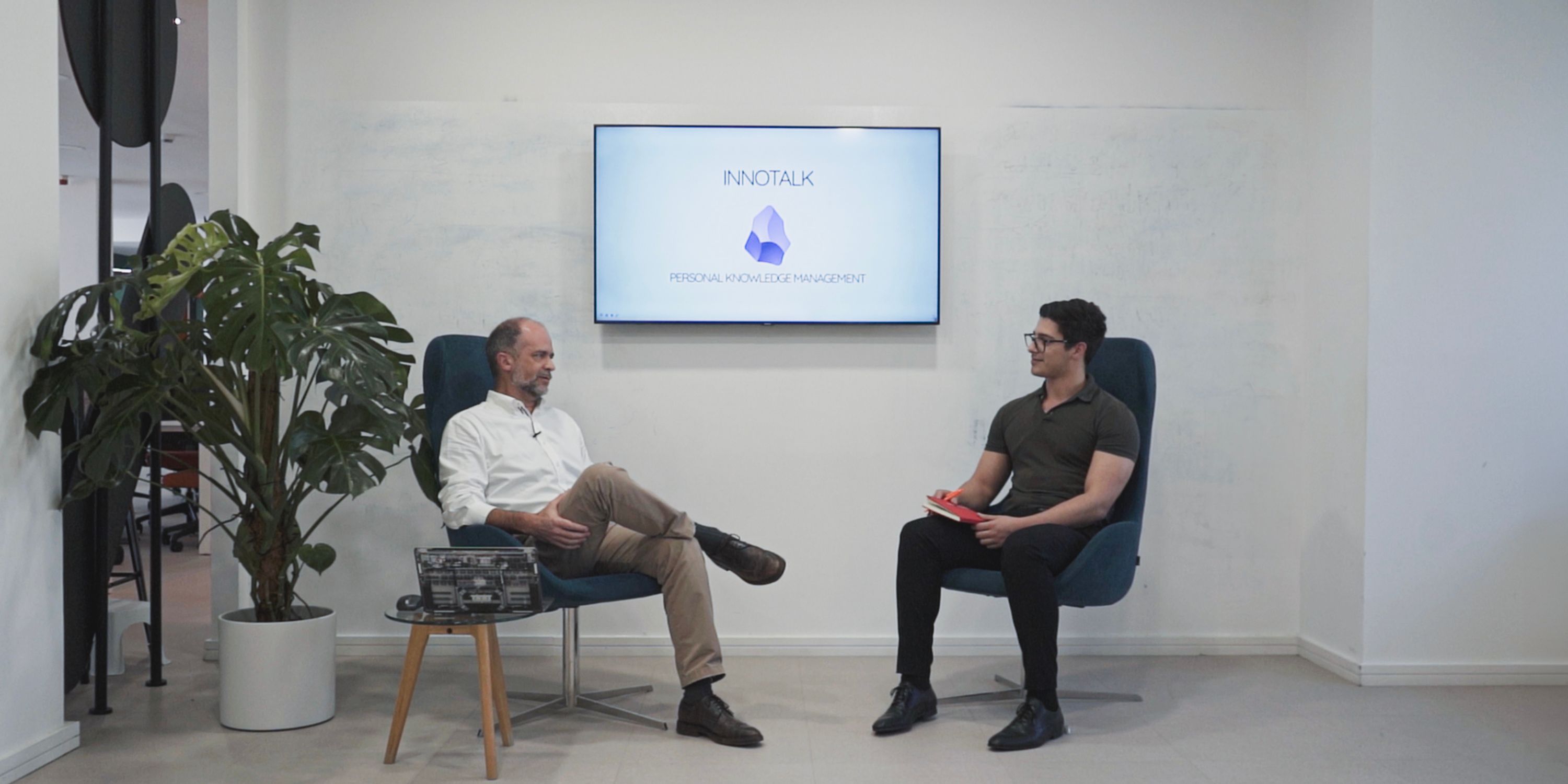Rethinking the “Pick Two” Project Constraint
For decades, the Project Management Triangle—also known as the iron triangle or triple constraint—has framed how organizations manage delivery. It presents three core constraints: Time, Cost, and Scope (sometimes equated with Quality), and suggests a fundamental trade-off: pick two, and the third must give.
Need it fast and cheap? Quality will suffer. Want high quality and speed? Prepare for increased cost.
But in today’s agile, tech‑driven environment, this once-rigid model no longer tells the whole story. At InnoTech, we think that The Project Triangle Revisited is important. It shows how new tools and methods can help us deal with trade-offs. With the right management processes and delivery models, you can optimize all three. This includes nearshore teams, DevOps, cloud infrastructure, and well-being strategies.
Why the Traditional Project Triangle Made Sense
The original triangle wasn’t flawed—it was built for a different era. Traditional project constraint thinking emerged from a time of linear (Waterfall) development, rigid budgets, and manual infrastructure provisioning. Project managers had to manage trade-offs tightly because:
- Development cycles were long and inflexible
- Feedback loops were delayed
- Infrastructure was costly and slow to scale
- Risk management was reactive, not proactive
In this context, managing the project meant constantly negotiating between budget, timeline, and the scope of a project. But today, software teams operate in a drastically different landscape.
Modern Revisions: The Project Triangle Revisited
As organizations undergo digital transformation, thought leaders are rethinking the purposes of the project and how we define success. Increasingly, experts challenge, expand, and in some cases, entirely reimagine the project management triangle.
Adding a Fourth Constraint: Employee Well-being
A growing movement argues for including employee well-being as a formal dimension of project planning. Projects that are fast, affordable, and high-quality may still fail if they exhaust or alienate the team members doing the work. Burnout, disengagement, and high turnover are silent project killers. By integrating well-being as a constraint, project leaders promote long-term project success and sustainability.
This is especially important in nearshore development environments, where distributed teams face both delivery pressure and cross-cultural coordination challenges.
Project Diamond and PMBOK Star Models
New models like Project Diamond and PMBOK Star include more factors. These factors are risk management, resources, and process maturity. These modern adaptations show that managing a project is not just about inputs and outputs. It is also about ecosystems.
- PMBOK Star overlays two triangles: one for scope, time, and cost; another for risk, quality, and resources.
- The Project Diamond treats quality as its own axis, allowing greater nuance in project trade-offs.
The Strategic Impact of Integrating Well-being into the Triangle
Expanding the project constraint model to include employee well-being moves beyond tactical delivery. It builds resilient teams, reduces scope creep, and improves the quality of the project long-term.
1. Higher Productivity and Project Success Rates
- Teams with well-being initiatives see up to 28% higher productivity and 11–21% improvement in project success.
- Engagement rises by 25%, and team members report 20% higher performance.
- Reduced delays and improved timelines translate to faster delivery.
2. Lower Absenteeism and Turnover
- Organizations experience 15% fewer absences and a 20% reduction in turnover.
- Consistent participation across the management plan reduces delivery risk.
3. Stronger Morale and Discretionary Effort
- A 25% morale boost leads to 38% more discretionary effort, elevating both the scope and quality of the project.
4. Tangible ROI
- For every euro invested in well-being, companies can see 3 in return through cost savings and productivity.
- Healthcare costs drop by up to 25% in companies with strong well-being programs.
5. Competitive Talent Acquisition and Retention
- A culture of care enhances the employer brand.
- Valued team members are less likely to seek outside opportunities.
The Modern Triangle: Smart Strategies to Break the Trade-Off
Top-performing companies no longer accept the old “pick two” rule. Here’s how modern practices support a more flexible approach to the triple constraint:
Agile & DevOps: The Speed–Quality Synergy
Agile project management processes encourage fast feedback and iteration.
DevOps and CI/CD tools enable rapid deployment without sacrificing quality.
Nearshore Software Development: Cost Meets Communication
Nearshore delivery models (like InnoTech’s operations in Portugal) balance project cost, collaboration, and cultural fit.
Same time zone = faster decisions and less rework.
Cloud Infrastructure: Speed Without Overhead
Platforms like AWS and Azure enable scalable, low-latency environments.
Pay-as-you-go pricing minimizes upfront investment while improving the scope refers to performance.
Automated Quality Assurance
QA tools (like Selenium, TestRail, crowd-testing) ensure early and continuous validation.
Early bug detection reduces rework and supports long-term quality of the project.
Debunking Myths About the Triangle
As we revisit The Project Triangle Revisited, some outdated assumptions need to go:
Myth: Speed reduces quality.
Reality: DevOps and CI/CD enable fast, reliable releases.
Myth: Low cost means low value.
Reality: Nearshore models deliver high skill at lower rates.
Myth: Agile means chaos.
Reality: Agile increases flexibility when well-managed and aligned with clear management plan goals.
Practical Takeaways: How to Deliver All Three
If you want to break free from the iron triangle, here’s what works:
- Invest in Agile coaching & DevOps automation
- Partner with trusted nearshore teams like InnoTech
- Prioritize early and continuous QA
- Use low-code platforms for accelerated delivery
- Foster a transparent, inclusive team culture
Conclusion: The Triangle Isn’t Broken—It’s Evolved
The project management triangle remains a useful framework, but it’s no longer a strict limitation. In today’s ecosystem of automation, collaboration, and cloud innovation, you don’t have to choose between fast, affordable, or great.
At InnoTech, we help organizations redefine what’s possible by:
- Building agile, high-performing teams
- Applying cutting-edge tooling and platforms
- Prioritizing the well-being of the people delivering results
Why choose between speed, cost, and quality? With InnoTech, you can have all three.
Ready to build without compromise?
InnoTech specializes in nearshore software development, agile project delivery, and digital acceleration—delivering real value at real speed. Contact us today to learn how we can help your next project succeed on all fronts.



